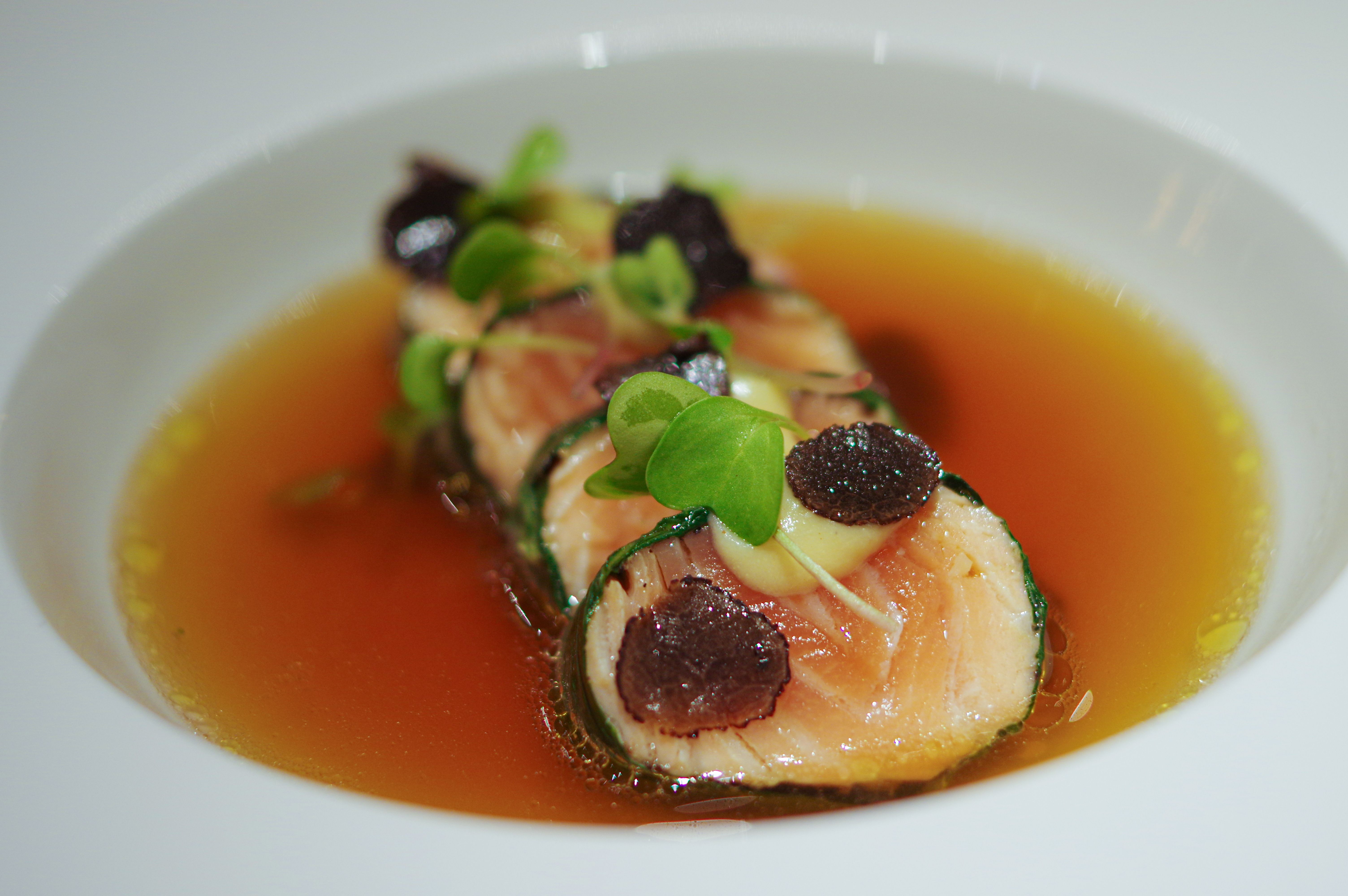Exploring Truffle Seaweed: The Aromatic Delight of Vertebrata lanosa
Discovering the Unique World of Truffle Seaweed
The ocean is a treasure trove of culinary delights, and among its hidden gems is the intriguing truffle seaweed, scientifically known as Vertebrata lanosa. This aromatic seaweed has been captivating chefs and food enthusiasts with its unique flavor profile and versatile culinary applications. But what exactly is truffle seaweed, and why is it gaining popularity?
Vertebrata lanosa is a red algae species found along the rocky shores of the North Atlantic Ocean. It typically grows as an epiphyte on other seaweeds like Ascophyllum nodosum. Its distinctive truffle-like aroma and taste make it a sought-after ingredient in gourmet kitchens worldwide.

The Flavor Profile of Truffle Seaweed
The allure of truffle seaweed lies in its remarkable aroma and flavor, reminiscent of the earthy and musky notes found in truffles. This makes it an excellent substitute for traditional truffles, providing a similar sensory experience without the hefty price tag. The flavor is both rich and umami, adding depth and complexity to a wide range of dishes.
Its versatility in the kitchen is noteworthy. From enhancing simple salads to infusing oils and butters, truffle seaweed can elevate the taste profile of numerous recipes. It pairs exceptionally well with seafood, pasta, and even eggs, making it a valuable addition to any culinary repertoire.

Health Benefits of Truffle Seaweed
Beyond its culinary appeal, truffle seaweed offers a variety of health benefits. Like many seaweeds, it is rich in essential nutrients such as vitamins A, C, and E, as well as minerals like iodine, which supports thyroid health. Additionally, its antioxidant properties contribute to overall well-being by combating oxidative stress in the body.
The inclusion of truffle seaweed in your diet can also support digestive health due to its high fiber content. This aids in maintaining a healthy gut, promoting regularity, and potentially reducing the risk of certain digestive disorders.

Culinary Uses and Tips
Incorporating truffle seaweed into your cooking is easier than you might think. Here are a few tips to get you started:
- Infused Oils: Soak dried truffle seaweed in olive oil to create a flavorful infusion perfect for drizzling over salads or pasta dishes.
- Seasoning: Grind truffle seaweed into a fine powder and use it as a seasoning for meats, vegetables, or popcorn.
- Garnish: Sprinkle fresh or rehydrated truffle seaweed over dishes just before serving for an aromatic and visual appeal.
Experimenting with this unique ingredient can lead to delightful culinary discoveries that surprise and satisfy the palate.
Sourcing and Sustainability
Sustainability is a critical consideration when it comes to harvesting marine resources, and truffle seaweed is no exception. Fortunately, it is often harvested from natural growths on other seaweeds, making it a relatively sustainable choice compared to some other marine ingredients.
When sourcing truffle seaweed, it is essential to consider the environmental impact and choose suppliers committed to sustainable harvesting practices. Supporting local communities that rely on seaweed for economic stability can also contribute positively to environmental conservation efforts.
The exploration of truffle seaweed opens up a world of culinary possibilities while promoting sustainable practices. Whether you're a seasoned chef or an adventurous home cook, this aromatic delight offers an exciting opportunity to enhance your dishes with the essence of the ocean.
